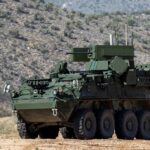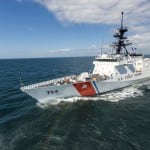
NASA on Wednesday said the Orion space vehicle would fly with humans no later than April 2023.NASA said in a press release officials completed a critical milestone for Orion by finishing a rigorous technical and programmatic review. NASA said this is the first time it has reached this level of progress for a spacecraft designed to take humans into deep space beyond the moon, including to an asteroid placed in lunar orbit and on the journey to Mars. A successful test…













